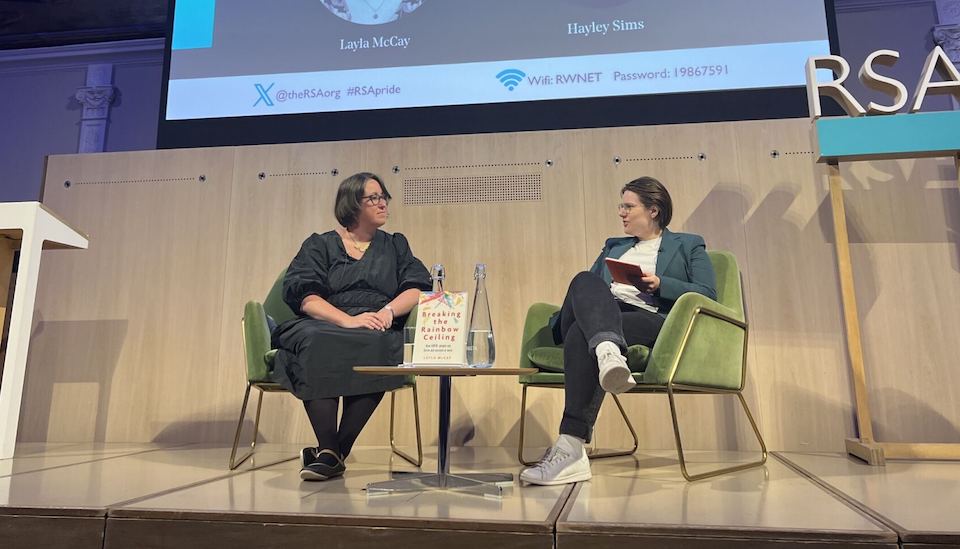A few years ago I wrote and published a short book with my father. 'What are children for?' explored what might lie behind the declining birth rate in developed nations . The book got some news coverage and was serialised in The Times. In the first days after publication it sold a few hundred copies, then, after getting some pretty mixed reviews (mainly from women who questioned our authority to write on the subject) it disappeared without trace. It was great fun to work with Laurie and I like occasionally using the phase 'in my book', but otherwise it was a strangely inconsequential episode in my life.
I was reminded of the book by new ONS data showing a rise in overall fertility, even among the indigenous British population. 'What are children for?' suggested there might be strong underlying cultural reasons for the declining birthrate so perhaps I should be admitting we got it wrong. Then again, perhaps not.
A general rule among those who study birthrates is that over time the higher rate among migrant groups comes back towards the indigenous norm. Although rising, the UK fertility rate is still below the replacement rate of just over 2.0 per woman. This is the same among all other Western European nations, where it is immigrant groups that keep the overall level closer to or above the replacement rate.
What the statistics don't show, as far as I can see, is a comparison between second generation immigrants and the long term indigenous population. I suspect the 1.84 child per woman rate for the UK born population includes a higher rate for second generation migrants but a much lower rate for middle class women. If this is the case and migration levels remains the same or decline (as they have done in the last year), we would still expect to see, over time, a replacement rate consistently below 2.0. This means the number of people dying each year exceeds the number being born, as it already does in Germany.
Overall, I agree wholeheartedly with Felipe Fernandez-Armesto who argues this morning that we shouldn't worry about increases in the birth rate. As he says, the important thing as far as sustainability is concerned is not how many children we have in the developed world but how the population uses resources. As he points out, the global population increased fourfold in the 20th century but per capita resource consumption multiplied nineteen fold. Also, while it is good policy to enable women in developing countries the power to choose to have fewer children, it remains the case that the very best way to bring birth rates down (both in nations and in groups within nations) is to help people become better off.
So, I'm not quite ready yet to abandon the argument in 'what are children for?'. In essence, we suggested the usual arguments made to explain the decline in the birth rate among the middle classes (the cost of children and the impact on women's careers) were inadequate. Instead we explored whether other factors such as a loss of faith in human progress or the decline in the idea of family professions and family businesses had diminished some of the cultural meaning of parenting. (For those who ask why we need a reason to parent, we reminded our readers of the overwhelming evidence that, unlike having a partner, a garden or a dog, having children has no aggregate effect on adult happiness levels.)
Anway if you want to read the elegant, convincing argument in full you'll have to buy the book. But be quick, of the 2,000 copies in the second run there are only about 1,980 still available .
Related articles
-
Prosperous Places: creating thriving communities
Tom Stratton
With regional growth at the top of the agenda, it is vital that we create thriving communities across economic, social and natural perspectives. Prosperous Places is a suite of interventions aimed at responding to the unique ambitions and challenges of places.
-
Pride interview: Felipe Tozzato
Deborah Ajia
The commercial photographer and RSA Fellow explains what Pride means to him, the importance of courage, making friends through rugby and why being gay is his superpower.
-
Let's smash the Rainbow Ceiling
Ben Oliver
Reflecting on Layla McCay’s recent RSA talk, Ben Oliver offers five ways for employers to create a positive culture for their LGBTQ+ staff that benefits both the individual and the organisation.




Be the first to write a comment
Comments
Please login to post a comment or reply
Don't have an account? Click here to register.